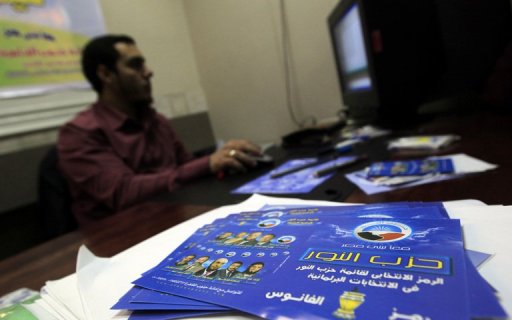CAIRO: Minister of Economic Development Osman Mohamed Osman announced plans to reduce Egypt’s poverty rate from 20 percent to 15 percent in 2015 and 7 percent by 2020 with an LE 4 billion program targeting poverty in 150 villages across the country.
Speaking at the 34th International Conference for Statistics and Computer Science earlier this week, Osman, whose ministry monitors national economic developments on a bi-monthly basis, emphasized the need for daily reports on factors impacting unemployment and poverty in the country.
Osman called for heightened monitoring of economic performance in the face of the current financial crisis by the Central Bureau of Statistics. He expressed the necessity of using new sources of information to track vital indicators such as price levels.
The current financial crisis has contributed to a drop in Egypt’s economic growth rate from 7.1 percent last year to a projected 4 percent for the current fiscal year. Meanwhile, this change has had adverse effects on the country’s poverty levels.
Currently, according to official estimates, 20 percent of Egyptians are considered poor. This general statistic for poverty is the combined measure for three separate poverty line estimates commonly used to assess impoverishment rates in Egypt.
The first poverty line denotes the extreme poor – those who cannot meet their basic food needs and who earn an income of LE 980 per year or less.
Those who can meet their food needs and some basic service requirements are indicated by a second poverty line of LE 1,400 in yearly income. Finally, the “near poor are categorized as those making under LE 1,800 per year.
United Nations estimates, meanwhile, have set the number of Egyptians living under the absolute poverty line of $2 per day at nearly 40 percent.
According to the 2004-2005 Household Survey, published in the World Bank Poverty Assessment Report of September 2007, only 3.8 percent of the poor population was categorized as “extreme poor, while the group of “near poor made up 20 percent.
The economic crisis threatens to expand the numbers of “near poor, as rising prices and unemployment threaten their precarious position on the edge of the lower middle class, while rural poverty could deepen due to slowing industry and exports.
Poverty is concentrated in Egypt’s rural areas, with 70 percent of poor households located outside the country’s major metropolitan areas. This new program aims to comprehensively target the rural poverty in the nation.
Additionally, the minister confirmed that an economic and social development plan set to be discussed in parliament this week will focus on softening the effects of the global crisis on the Egyptian economy.
Other government programs targeted at creating employment, reducing poverty and encouraging industry can be expected in the coming months, as public spending and investment programs are implemented to ward off recession.
However, despite ample spending and international involvement, Egypt’s 20 percent poverty rate has remained stable for the past decade. In the face of deepening recession and unknown future prospects for recovery, reducing poverty will certainly be a challenge.


